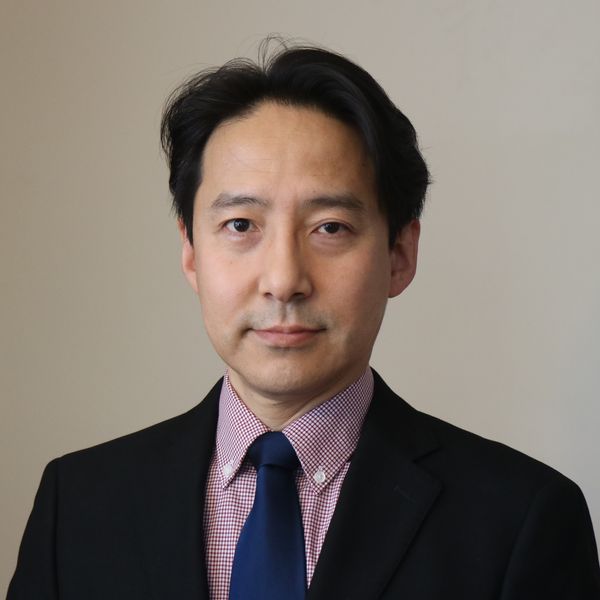
Hiroshi Tokuo, Ph.D.
Research Assistant Professor of Pharmacology, Physiology & Biophysics
Research
During cell migration, the protrusive leading edge plays a key role in directional movement. The leading edge of migrating cells consists of two types of actin cytoskeletal architecture, lamellipodia and filopodia. Our research interest is the mechanism of unconventional myosins in cytoskeletal dynamics, i.e., lamellipodial localization of myosin-I, and filopodia formation by myosin-X. We use a combination of biochemical and molecular techniques, immunocytochemistry, and live cell-imaging techniques. Our goal is to understand a broad range of cell biological processes, including epithelial sheet closure in development, wound healing, neuronal path finding, immune cell function, cell invasion, and metastasis of cancer cells.
Selected Publications
Tokuo H, Coluccio LM. 2013. Myosin-1c regulates the dynamic stability of E-cadherin-based cell-cell contacts in polarizes Madin-Darby canine kidney cells. Mol BIol Cell. 24(18):2820-33.
Watanabe TM, Tokuo H, Gonda K, Higuchi H, Ikebe M. 2010. Myosin-X induces filopodia by multiple elongation mechanism. J Biol Chem. 285(25):19605-14.
Tokuo H, Mabuchi K, Ikebe M. 2007. The motor activity of myosin-X promotes actin fiber convergence at the cell periphery to initiate filopodia formation. J Cell Biol. 179(2):229-38.
Tokuo H, Ikebe M. 2004. Myosin X transports Mena/VASP to the tip of filopodia. Biochem Biophys Res Commun. 319(1):214-20.
Contact Us
Department of Pharmacology, Physiology and Biophysics
Chobanian & Avedisian School of Medicine
700 Albany Street, Room W410A
Boston, MA 02118-2526
Phone:(617) 358-8765
e-mail: tokuo@bu.edu